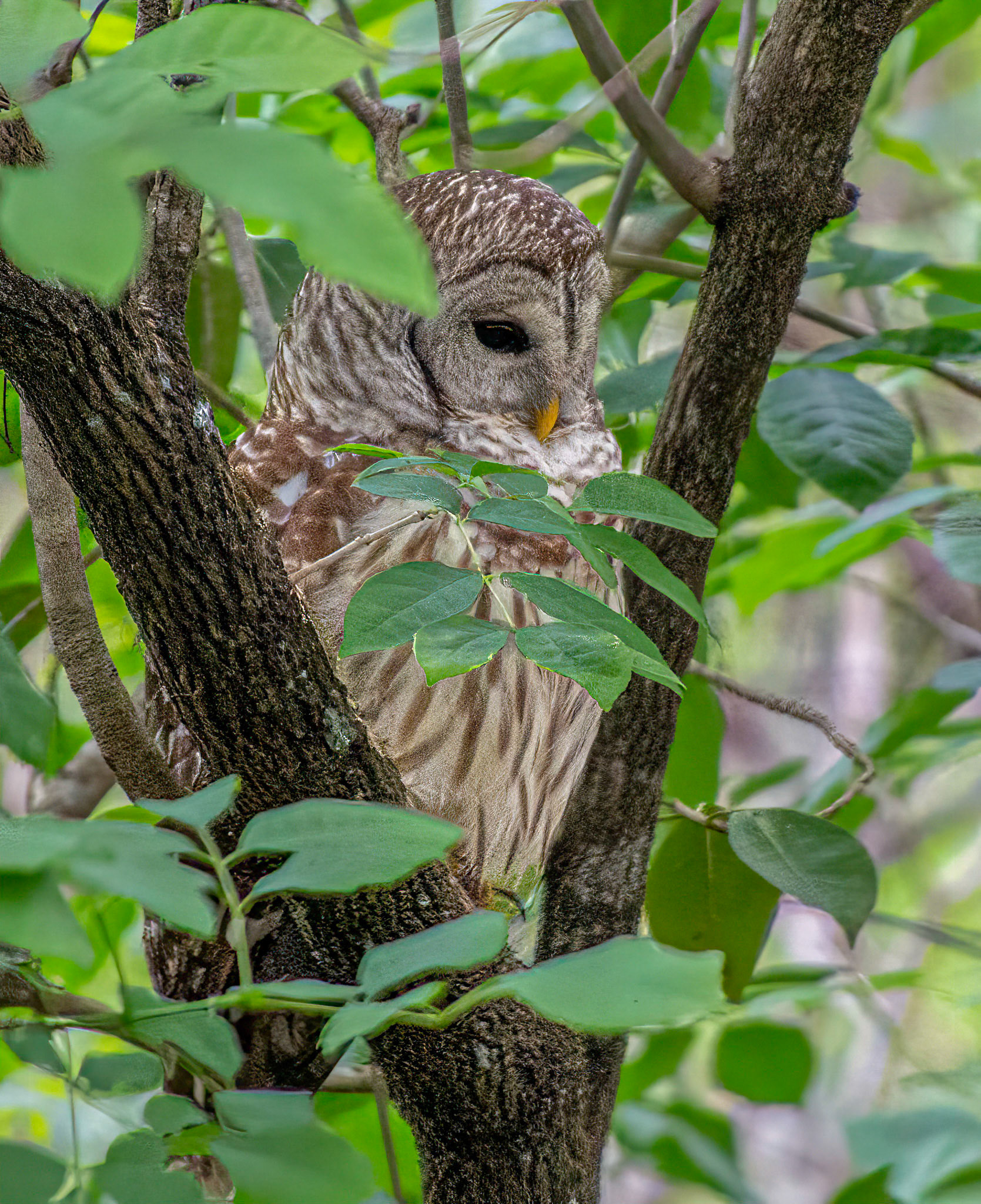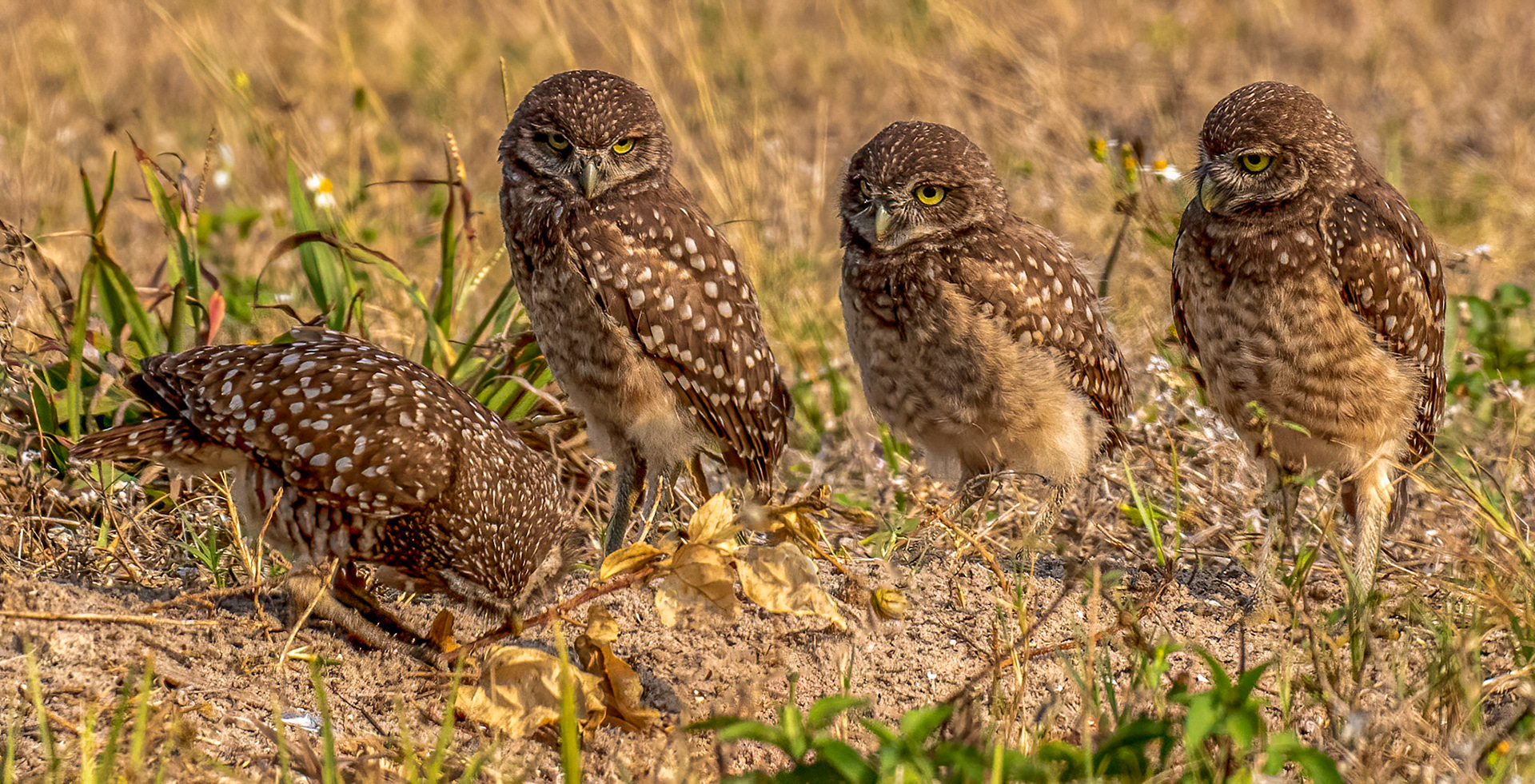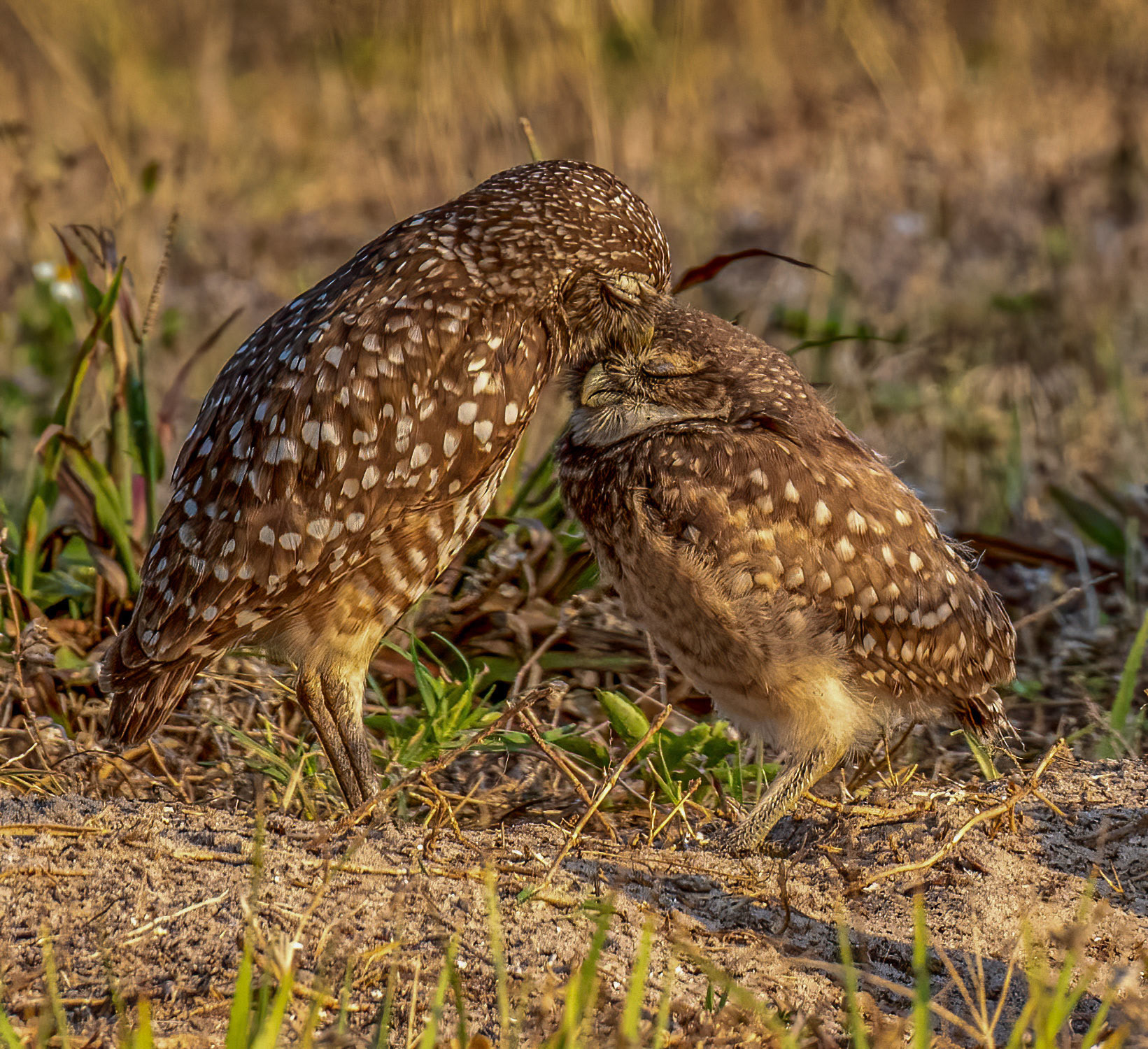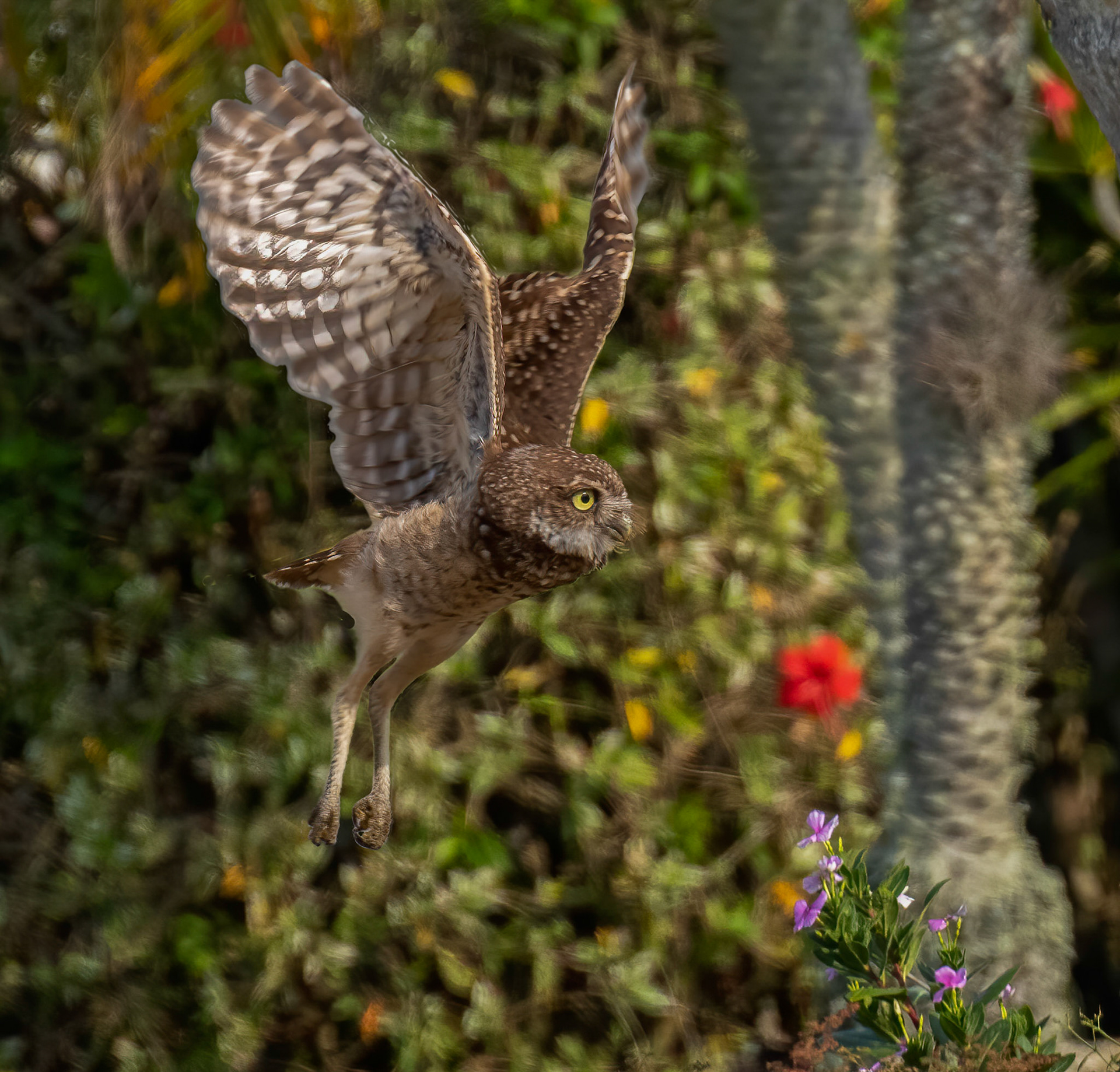
Barred Owl Perched on Spanish Moss - (bromeliad)

Barred Owlets

Attending Female & Owlet

Very Young Owlet

Fledged Owlets

Fledged Owlets

Fledged Owlets

Fledged Owlets

Curious

Barred Owl

Eastern Screech Owl

Eastern Screech Owl

Burrowing Owl Male & Female (on the right) at the entrance

Burrowing Owl Male & Female (on the right) at the entrance

Burrowing Owl Family of 5 Owlets

Burrowing Owl female & 4 Owelets

Burrowing Owl Owlets

Burrowing Owl Owlets

Female Burrowing Owl & 3 Owlets

Owlet Triplets

Burrowing Owl Owlet

Owlet Yawn

Contagious

Scornful Stare?

Curious

Playtime

Annoyed?

Wide-eyed

Surveying the Territory

Burrowing Owl Owlet

Nurturing Female & Owlet

Cuddle Time

Patience

Bringing home a cricket

Feeding on a dragonfly

Feeding Time

Feeding Time

Feeding Time

Sheltering From Danger Above

Threatening Osprey

Descending on a Southern Toad

The Escape

The Capture

Mice for Dinner

Owlet Successful Anole Hunt

Fledging

Fledging

Great-tailed Grackle Intruder

Giving the Evil Eye

The Chase-away

The Chase Back to the Nest

The Chase Back to the Nest

Brood

Harrasing Mockingbird defend its adjacent territory

Attack by a Mockingbird

Early Morning Light







































































